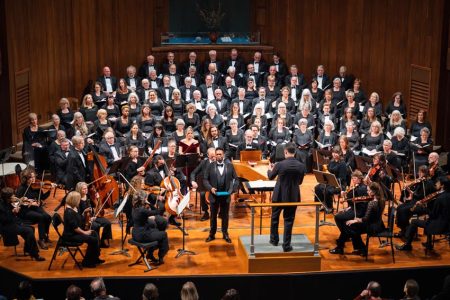The Quiltmakers of Gee’s Bend
A story of resilience, cultural heritage, and the genius of African American women.
The women of Gee’s Bend have quietly created some of the most visually striking and historically significant quilts in American history.
Behind the bold patterns and vivid colors lies a deeper, often overlooked story—one of resilience, cultural heritage, and the uncredited genius of African American women artists.
Established during enslavement, the practice of making quilts in Gee’s Bend was passed down from mothers to daughters for generations, surviving everything from reconstruction to Jim Crow to the Civil Rights Movement to the present day.
A legacy woven by hand, the quilts have been embraced by the modern art world and featured in museums across the country. Today, Gee’s Bend quilts are in the permanent collections of over 40 museums on three continents.
The Quiltmakers of Gee’s Bend goes beyond the beauty of the quilts, as it highlights the beauty of the land, the warmth of the people, and their collective spirit of tenacity.
Many Gee’s Bend quilts can be called improvisational, or “my way”” quilts as they are known locally, in which quiltmakers start with basic forms and then follow their own individual artistic paths (“their way”) to stitch unexpected patterns, shapes, and colors.
Most of the women base their quilts on traditions passed down by their foremothers, which, for many, is their earliest memory. The simplicity of life in Gee’s Bend is what makes it the perfect backdrop for inspiration, as the women use the land and people of the community as their muse.
Gee’s Bend (also known as Boykin) is a small, rural, predominantly African American community in Alabama. It takes its name from Joseph Gee, a North Carolina enslaver who, in 1816, acquired 6,000 acres of land along a horseshoe bend in the Alabama River and established a plantation with 17 enslaved people. The Gee family operated the plantation until 1845, when, to settle significant debts, they relinquished ownership, including 98 enslaved people, to Mark H. Pettway, a relative, enslaver, and then sheriff of Halifax County, North Carolina.
The following year, Pettway relocated to Gee’s Bend, transporting his family and furnishings in a wagon train while 100 enslaved men, women, and children were made to journey on foot from North Carolina to Alabama.
For generations, the women of Gee’s Bend have been creating patchwork quilts by piecing together scraps of fabric and clothing in abstract designs that had never before been expressed on quilts. Their patterns and piecing styles were passed down over generations, surviving slavery and Jim Crow. These astounding creations have expanded the realm of Black visual culture and opened a door to new understandings of American art and history.
Explore the extraordinary lives, inspirations, and history of an isolated community of women in rural Alabama who created celebrated woven works of art. Visit www.soulsgrowndeep.org/gees-bend-quiltmakers.







